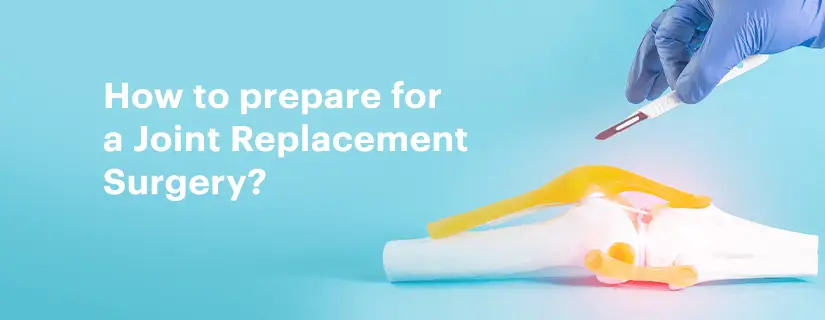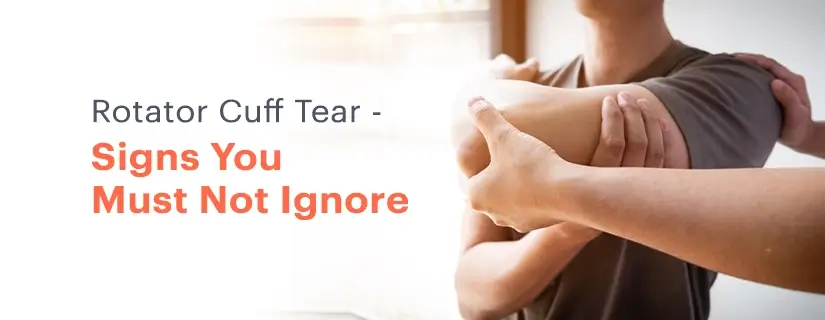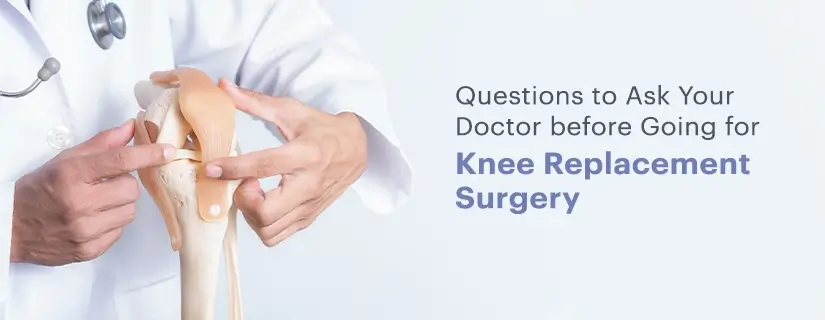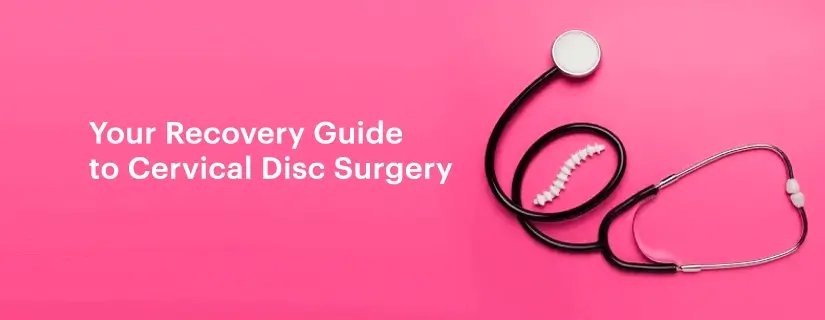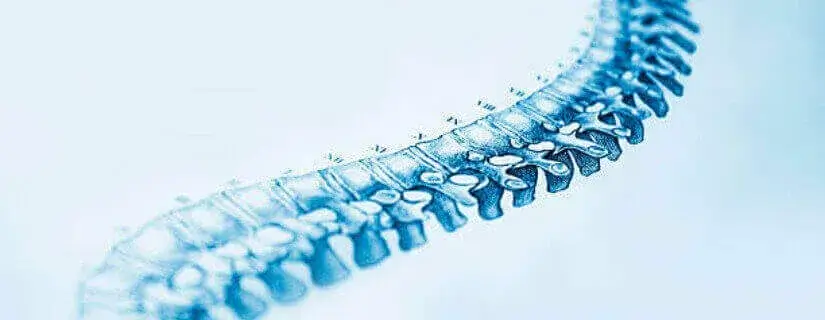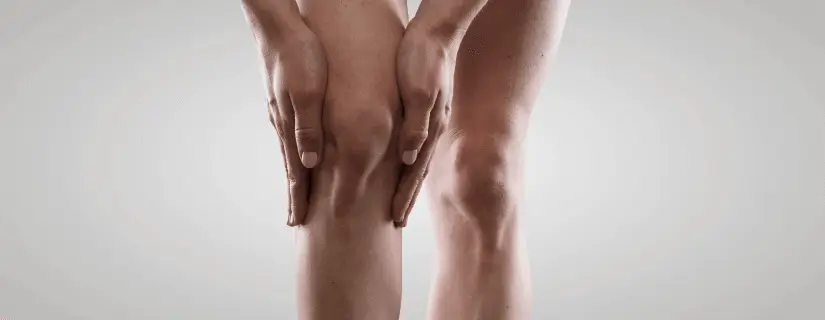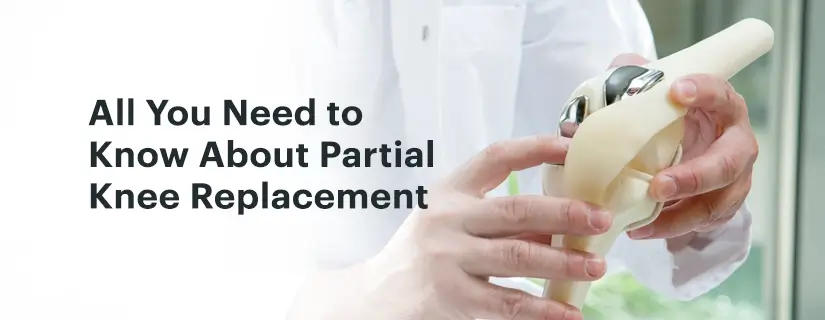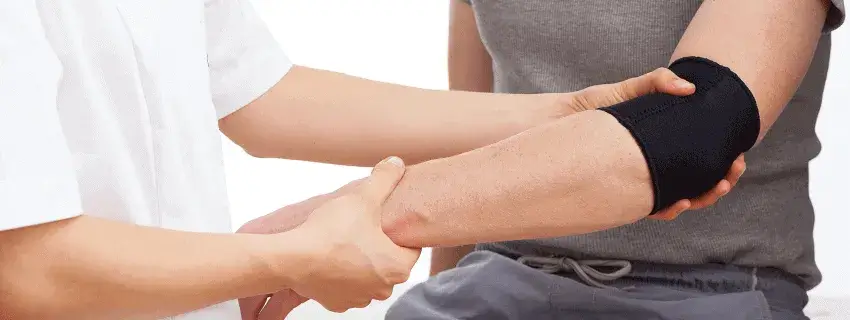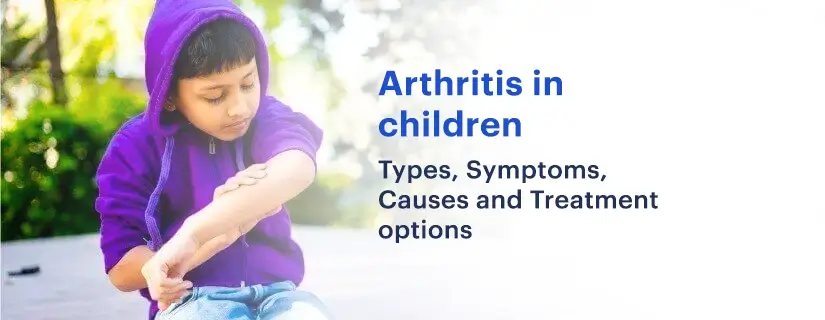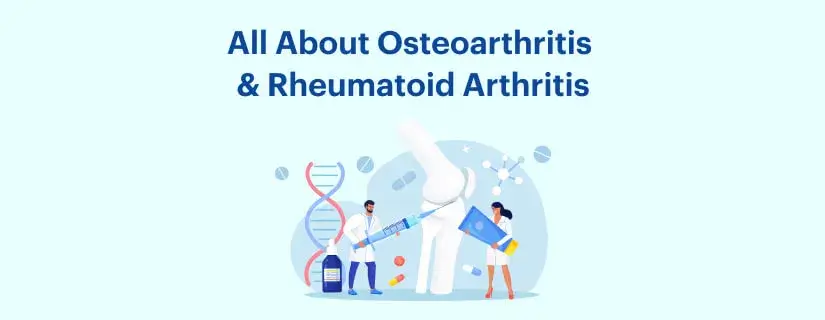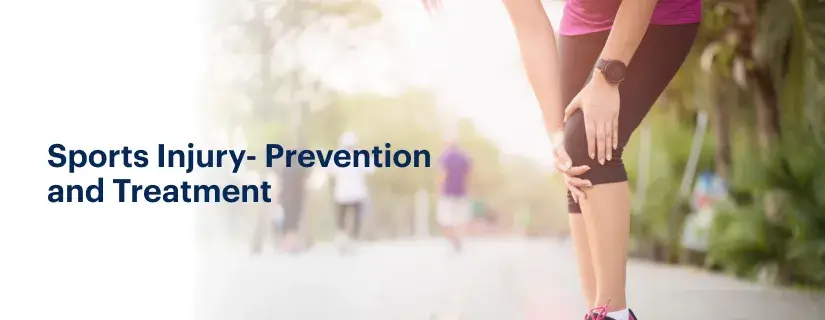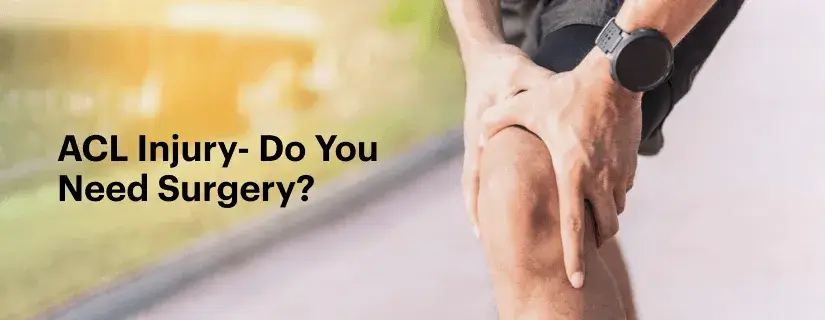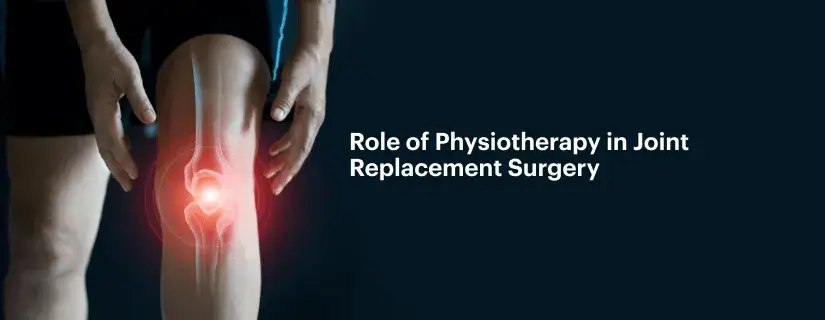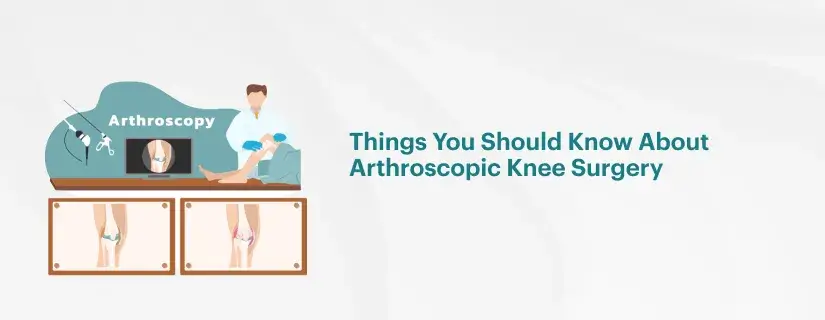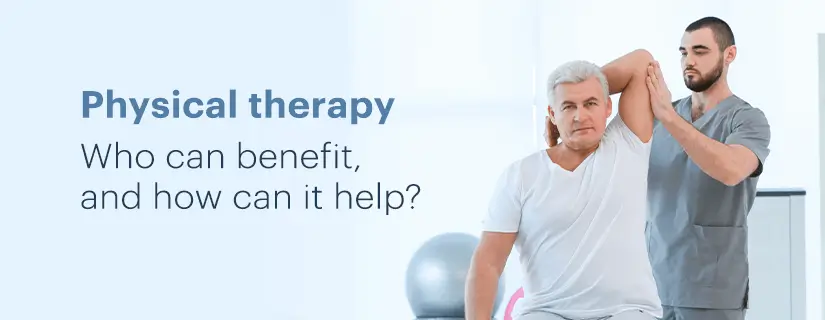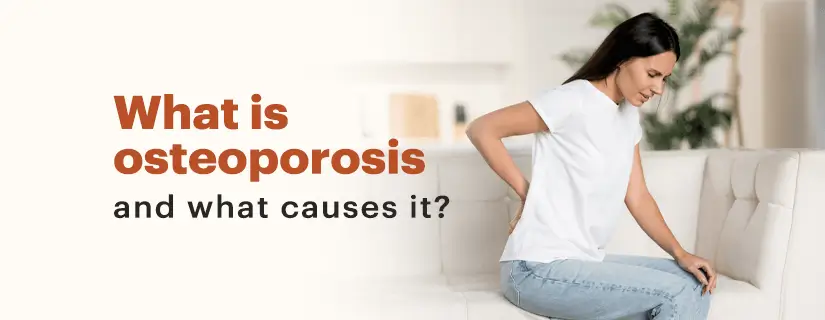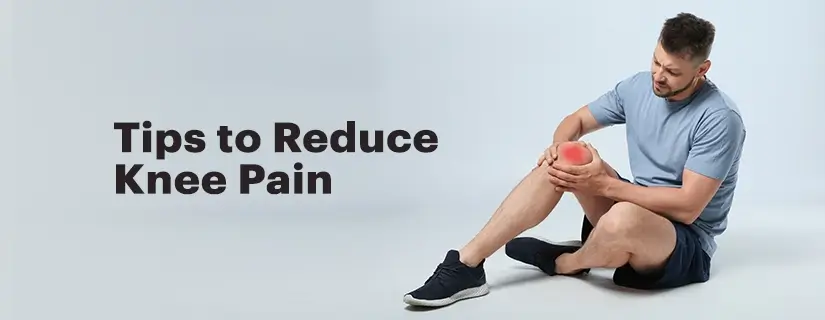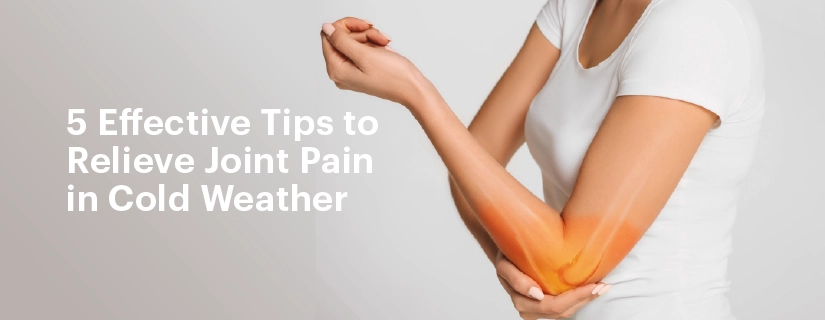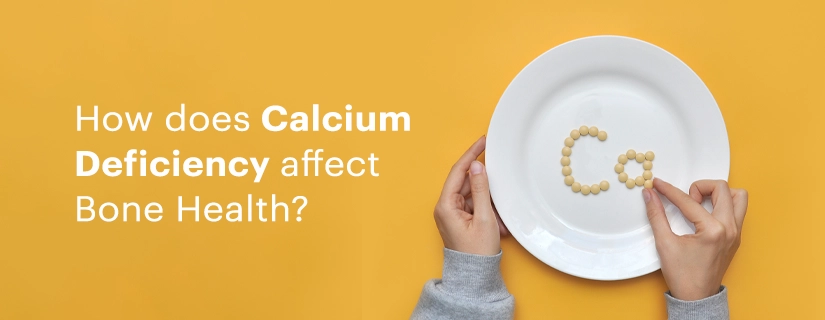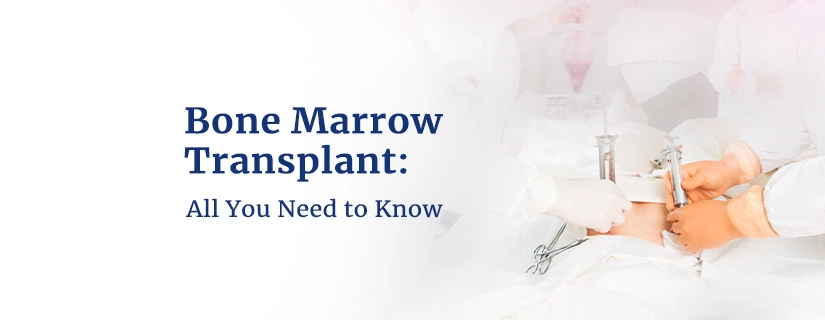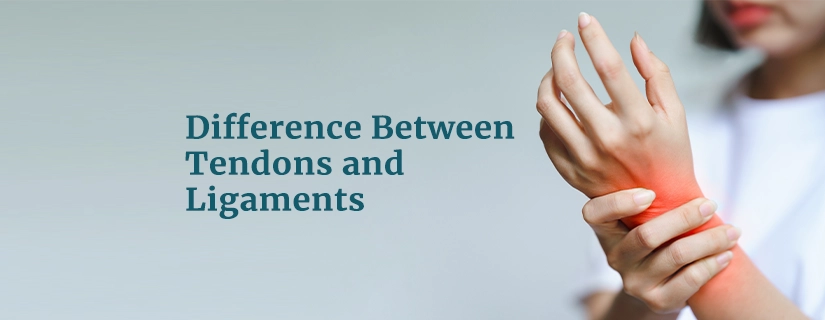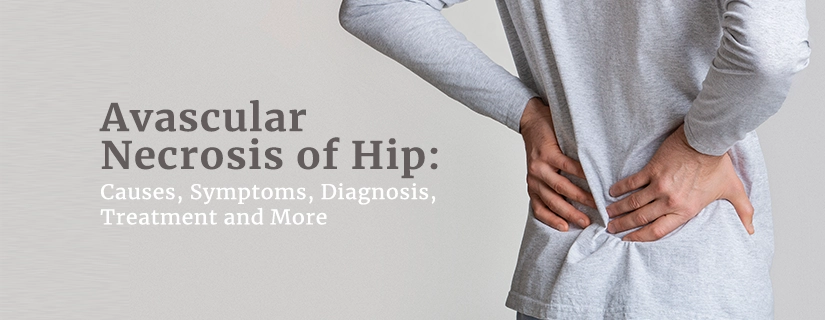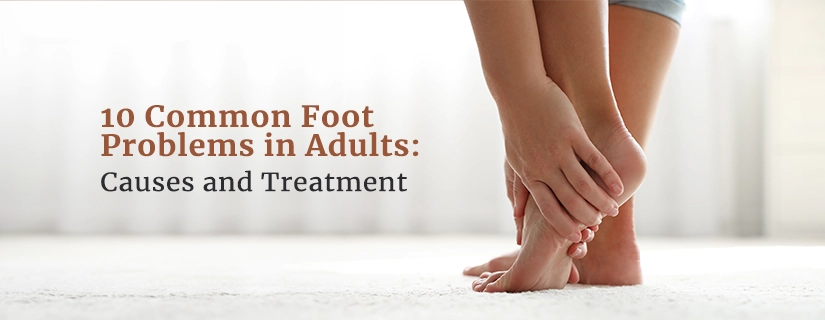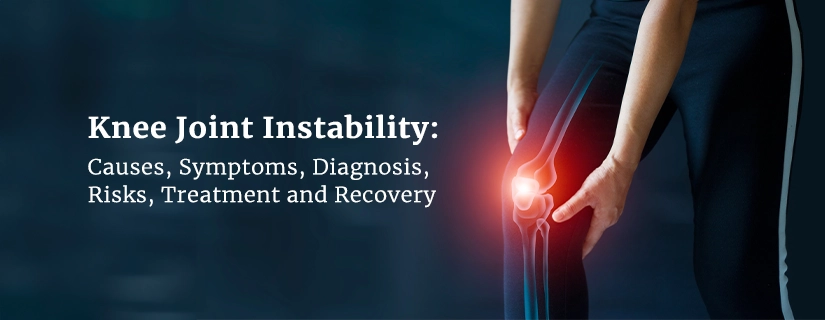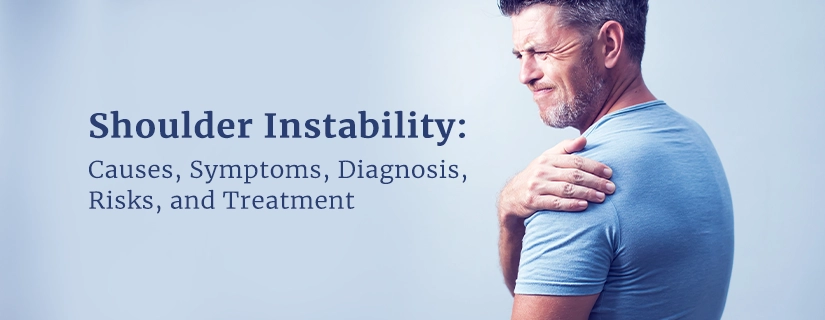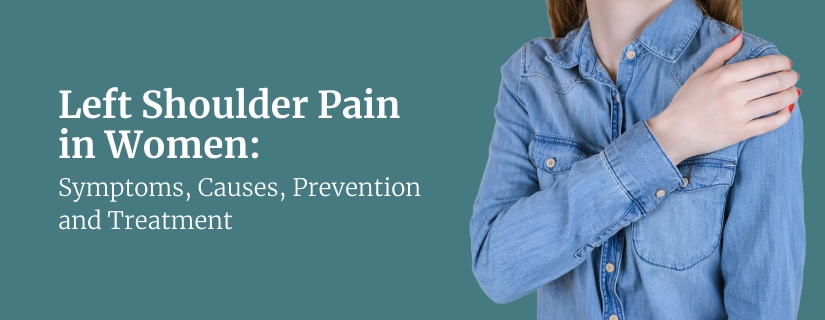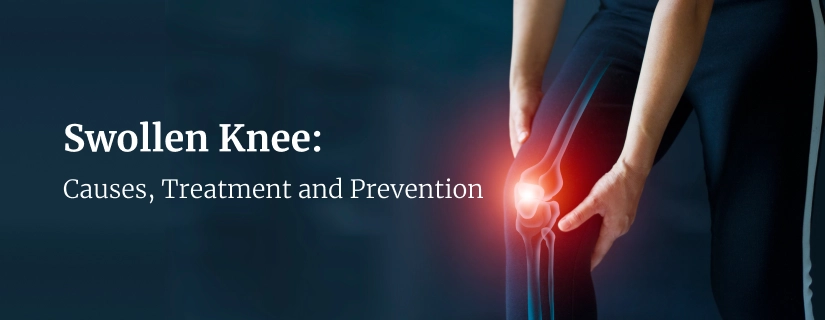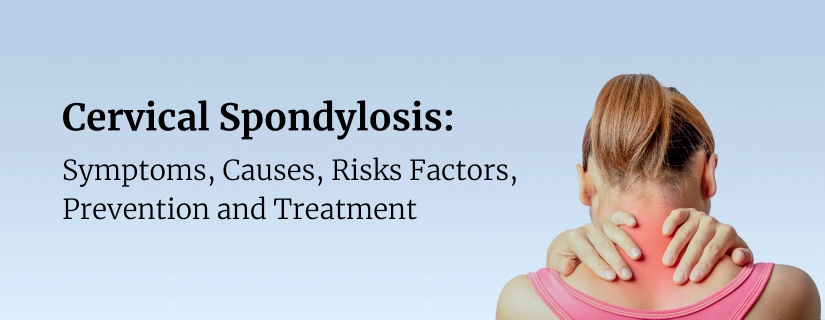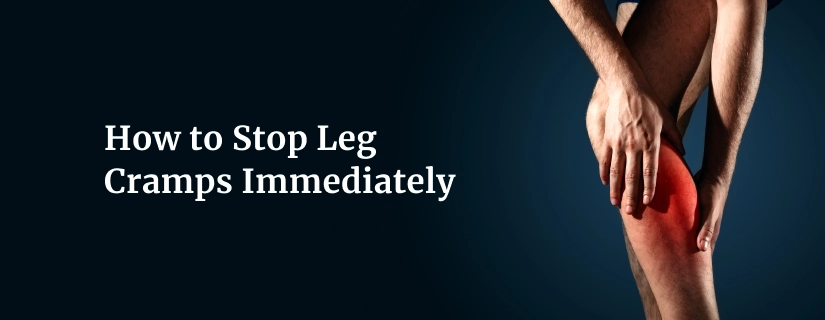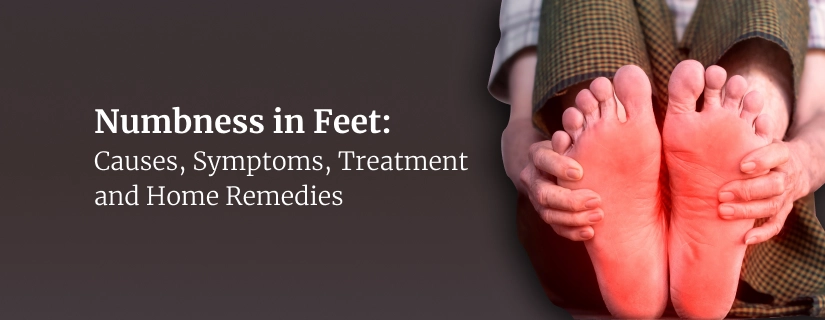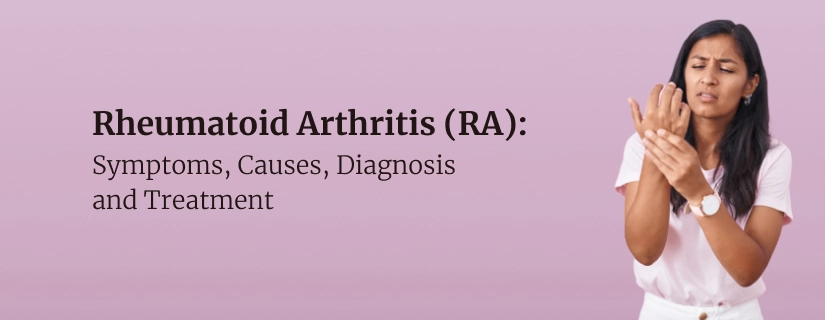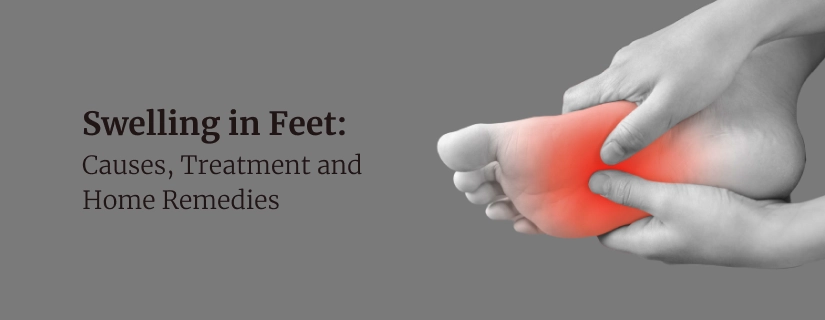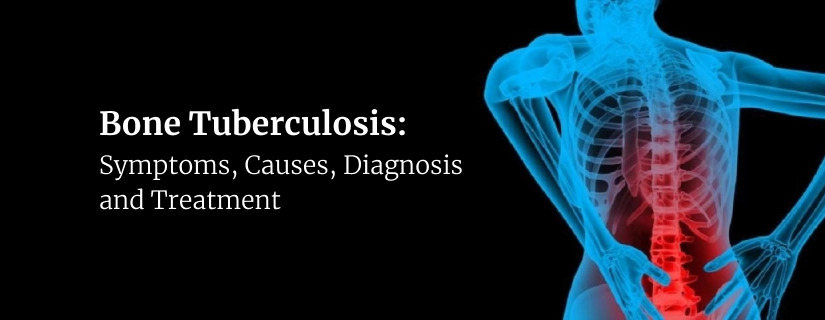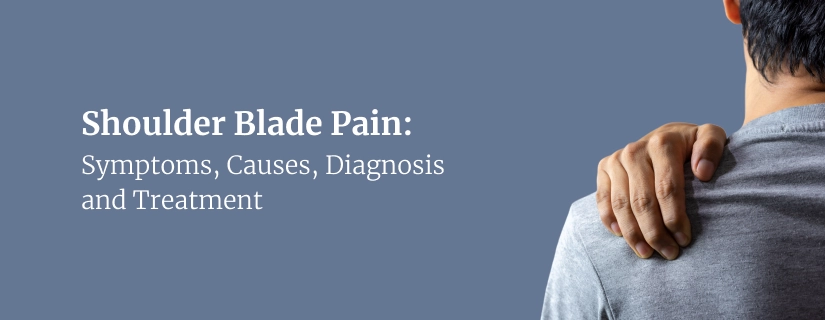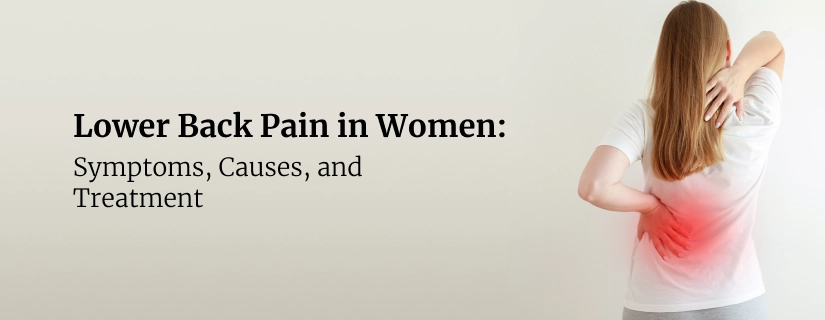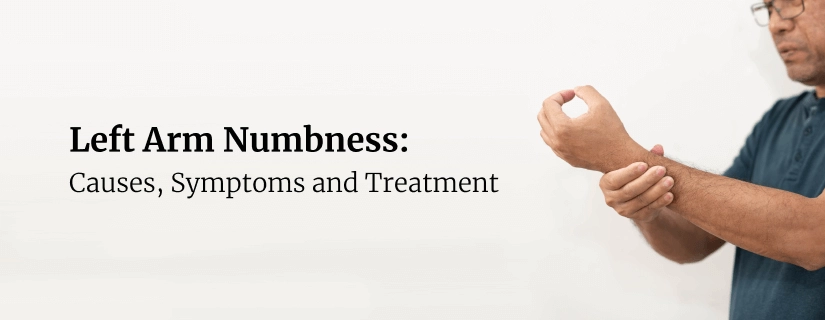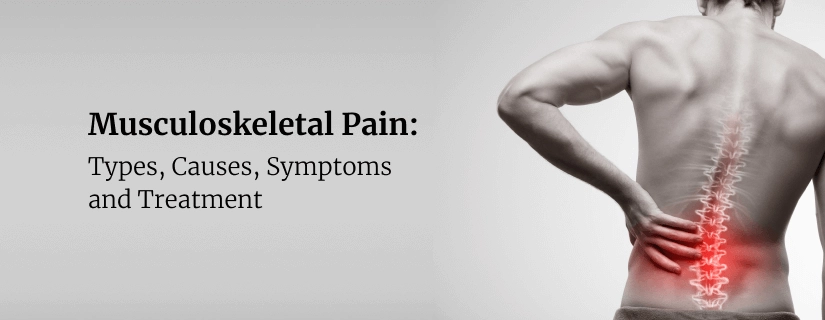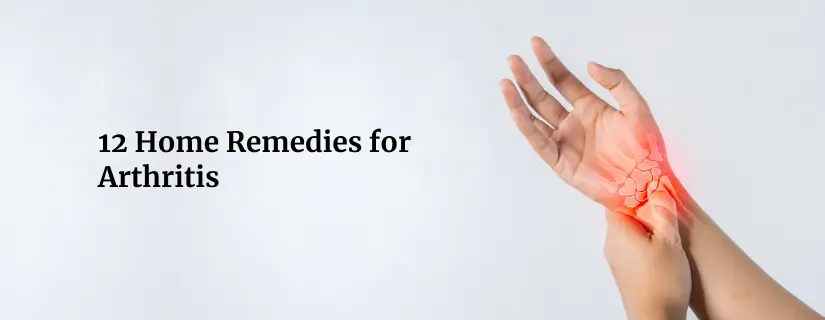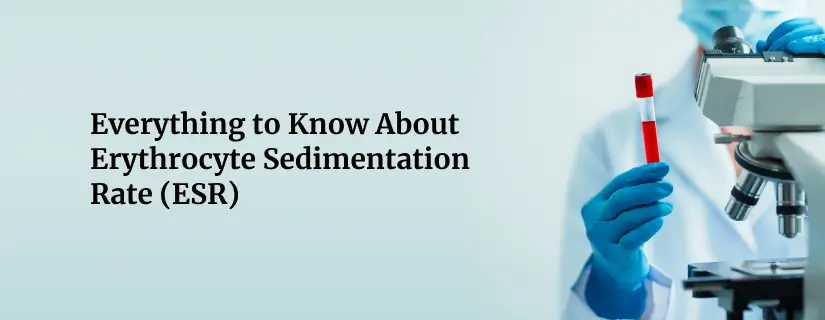-
Doctors
-
Specialities & Treatments
Centre of Excellence
Specialties
Treatments and Procedures
Hospitals & Directions HyderabadCARE Hospitals, Banjara Hills CARE Outpatient Centre, Banjara Hills CARE Hospitals, HITEC City CARE Hospitals, Nampally Gurunanak CARE Hospitals, Musheerabad CARE Hospitals Outpatient Centre, HITEC City CARE Hospitals, Malakpet
HyderabadCARE Hospitals, Banjara Hills CARE Outpatient Centre, Banjara Hills CARE Hospitals, HITEC City CARE Hospitals, Nampally Gurunanak CARE Hospitals, Musheerabad CARE Hospitals Outpatient Centre, HITEC City CARE Hospitals, Malakpet Raipur
Raipur
 Bhubaneswar
Bhubaneswar Visakhapatnam
Visakhapatnam
 Nagpur
Nagpur
 Indore
Indore
 Chh. Sambhajinagar
Chh. SambhajinagarClinics & Medical Centers
Book an AppointmentContact Us
Online Lab Reports
Book an Appointment
Consult Super-Specialist Doctors at CARE Hospitals
Degloving Injuries: Types, Symptoms and Treatments
Updated on 30 May 2024
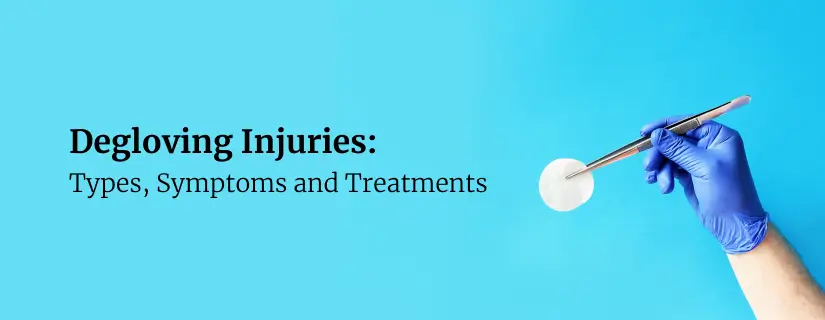
Degloving injuries can vary from simple skin degloving to extreme degloving of the muscle and tissues that can cause bone exposure. It might occur due to several reasons - from accidents to animal attacks, and it is advisable to seek medical help at the earliest to stop excess bleeding and avoid infection. Moreover, it is recommended not to treat these conditions at home.
In this blog, we have discussed the types, symptoms, and treatment of skin degloving.
What Is A Degloving Injury?
A degloving injury, also known as avulsion, is a type of trauma in which the underlying muscle, bone, or bodily structures are entirely pulled away from a large portion of skin and, occasionally, the tissue beneath it. It can affect the limbs, torso, scalp and other body regions.
Causes Of Degloving Injuries
Most of these injuries are brought on by high-impact incidents, including machinery, auto accidents, and industrial mishaps. Bites or attacks by animals can also result in degloving injuries, especially when the force of the bite or movement tears the skin away from the hand or limb. It is advisable to immediately run to seek medical attention in case of a degloved hand injury.
Types Of Degloving Injuries
Degloving injuries can be classified into several types, each with its specific characteristics and implications:
- Skin Degloving: This type involves separating skin from the underlying tissues, typically occurring in limbs, fingers, or the torso. It's often seen in industrial accidents or severe road traffic accidents.
- Open Degloving: In open degloving injuries, the skin and subcutaneous tissue are entirely torn off, exposing the underlying muscles, tendons, or bone. This type is visible and requires immediate medical intervention to prevent infection and facilitate healing.
- Closed Degloving (Morel-Lavallée Lesion): A closed degloved injury occurs when the skin remains intact, but the underlying tissue is sheared away. It's commonly associated with blunt trauma and is normally known as internal degloving injury.
- Avulsion Injuries: Although similar to degloving, avulsion injuries specifically involve the tearing away of a body part, such as a finger or toe. These injuries can range from skin and fat layers being stripped away to complete detachment of the limb or appendage.
- Ring Avulsion: A specialized form of degloving that occurs on the finger, often when a ring is forcefully pulled off, stripping the skin and possibly affecting the bone and tendons. It's a typical household or workplace injury. Hence, it is also known as finger degloving injury.
Symptoms of Degloving
Here are a few symptoms of degloving:
- Extreme pain
- Exposed muscle or bone
- Blood loss
- Swelling
- Sensation loss
- Restricted mobility if an accident affects one or more limbs
Degloving injuries can be excruciating. Hence, it is advisable to seek medical help for a better recovery.
Diagnosis of Degloving Injuries
The initial assessment includes a clinical examination to observe the extent of skin and tissue detachment. The doctor may advise following diagnostic tests:
- Imaging Tests: X-rays, CT scans, or MRIs are utilized to evaluate underlying bone fractures, soft tissue damage, and the extent of the injury.
- Sensory and Motor Function Testing: Assessing the patient's sensory and motor functions helps determine the severity of nerve damage.
- Doppler ultrasound: It may be performed to check blood flow in the affected area, which is essential for planning the reconstruction and healing processes.
- Wound Inspection: Detailed wound inspection for contamination, foreign materials, and the viability of the detached skin and tissues.
Treatments For Degloving Injuries
Treatment varies based on severity and location but generally involves the following approaches:
- Surgical Reattachment: Surgical reattachment can help in cases where the skin and tissues are still viable. The process of reattachment involves cleaning the wound thoroughly and repositioning the skin.
- Skin Grafting: Skin grafting is used in cases where reattachment cannot be performed. Surgeons use skin from another part of the body to cover the wound. Hence, the name skin grafting. The procedure helps protect the underlying tissues and promotes healing by helping in new skin cell generation.
- Flap Surgery: Flap surgery involves taking a piece of living tissue with blood vessels from one part of the body and moving it to cover the degloved area. This is often used for more extensive injuries where skin grafts might not suffice.
- Negative Pressure Wound Therapy (NPWT): NPWT uses a vacuum to promote healing in complex wounds. It helps reduce swelling, cleans the wound, and encourages blood flow to the area, speeding up the healing process.
- Physical Therapy: After the initial wound treatment, physical therapy is crucial for restoring function. This can involve exercises to improve range of motion, strength training, and other modalities to ensure the affected area regains as much function as possible.
Complications
Degloving injuries involve separating skin and underlying tissues from the body, typically affecting the limbs or torso. These injuries can lead to several complications, as listed below, each requiring careful management:
- Infection risk increases due to exposed tissues and potential contamination, necessitating aggressive cleaning, antibiotics, and sometimes surgical debridement to prevent sepsis.
- Severe blood loss can occur from the injury site, potentially leading to shock. Immediate medical intervention is critical to control bleeding and stabilise the patient.
- Long-term sensory loss or neuropathy may result from nerve damage, affecting the victim's quality of life and requiring rehabilitation or specialised treatments.
- Skin graft failure or rejection can complicate recovery, needing close monitoring, possible re-grafting, and adjustment of immunosuppressive medications to ensure the graft is taken.
- The psychological impact, including PTSD and body image issues, often necessitates psychological support and counselling to help patients adjust to the aftermath of the injury.
When To Consult A Doctor?
Degloving injuries require immediate medical attention to prevent infection and severe blood loss and potentially save the affected limb or area. Doctors will assess the extent of the injury, provide appropriate wound care, and may perform surgery to repair the damage. Also, it is advisable not to treat degloved hand injuries at home, as it might worsen the condition.
FAQs
Q1. What is the difference between avulsion and degloving?
Ans. An avulsion is an injury where skin or tissue is torn away from the body, often leaving a significant wound. Degloving, however, specifically refers to an injury where skin and the tissues beneath are forcibly removed, typically affecting limbs or fingers, creating a "gloved" appearance of the underlying structures.
Q2. What is the first aid for a degloving injury?
Ans. First aid for a degloving injury includes controlling bleeding with direct pressure, avoiding washing or repositioning the skin, covering the area with a clean cloth or bandage, and seeking immediate medical attention to prevent infection and further damage.
ENQUIRY FORM
SELECT CATEGORIES
-
Neurosciences (16)
-
Neurology (37)
-
Neurosurgery (14)
-
Orthopaedics (48)
-
Oncology (33)
-
Obstetrics and gynecology (51)
-
Pulmonology (23)
-
Urology (20)
-
Nephrology (13)
-
Psychiatry (7)
-
Dietetics and Nutrition (111)
-
General Medicine (63)
-
Cardiac Sciences (30)
-
Vascular & Endovascular Surgery and Interventional Radiology (10)
-
Gastroenterology (46)
-
Endocrinology (23)
-
Plastic Surgery (10)
-
Critical Care Medicine (5)
-
COVID-19 (16)
-
Dermatology (16)
-
Emergency Care (1)
-
Ophthalmology (4)
-
Pediatrics (14)
-
Laparoscopic and Bariatric Surgery (8)
-
ENT (15)
-
Kidney Transplant (1)
-
Liver Transplantation and Hepatobiliary Surgery (5)
-
General Surgery (3)
-
Internal Medicine (5)
-
Medicine Information
Lower Back Pain with Fever: Symptoms, Causes, Diagnosis and Treatment
Leg Weakness: Causes, Symptoms and Treatment
YOU MAY ALSO LIKE
RECENT BLOGS
-
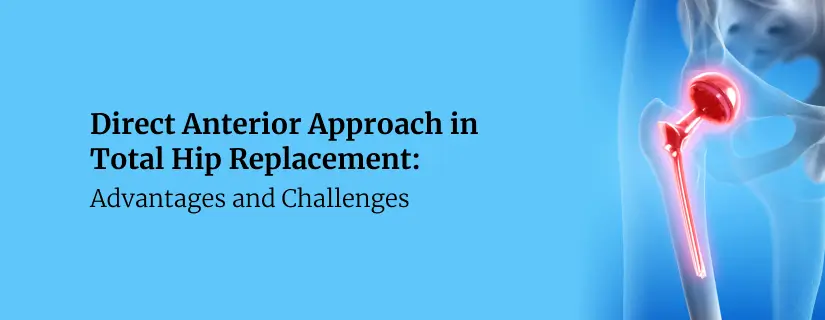
Direct Anterior Approach in Total Hip Replacement: Advantages and Challenges
10 April 2025
Read More
-
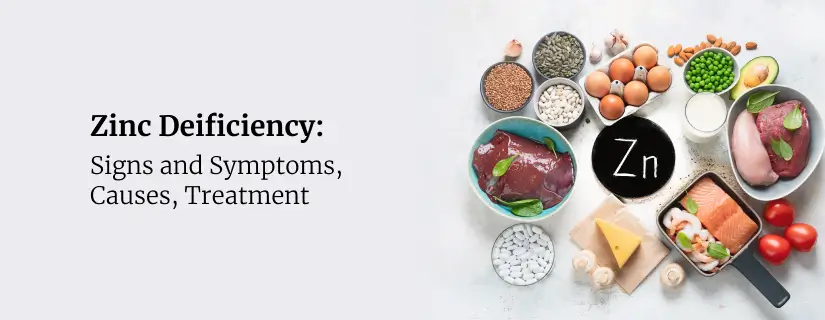
Zinc Deficiency: Signs and Symptoms, Causes, Treatment
9 April 2025
Read More
-
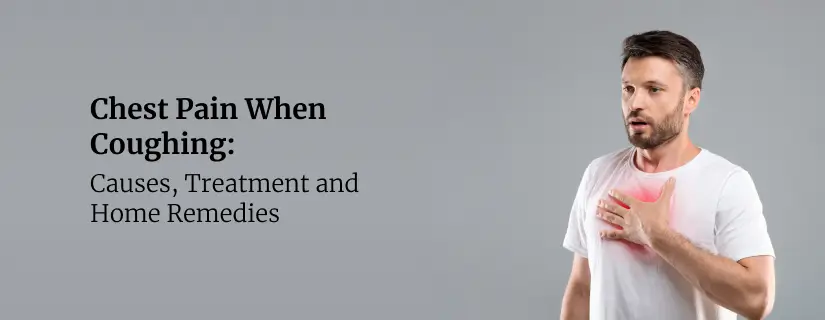
Chest Pain When Coughing: Causes, Treatment and Home Remedies
9 April 2025
Read More
-

12 Health Benefits of Eating Mushrooms
8 April 2025
Read More
-
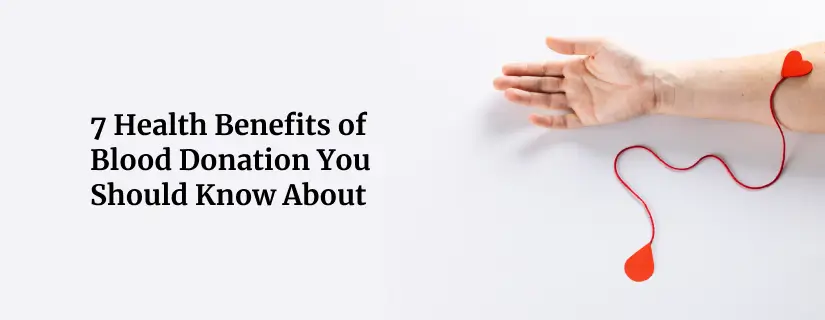
7 Health Benefits of Blood Donation You Should Know About
8 April 2025
Read More
-

Implantation Bleeding Vs Periods: Know the Difference
28 February 2025
Read More
-

Bloating During Ovulation: Symptoms, Causes and Remedies
28 February 2025
Read More
-
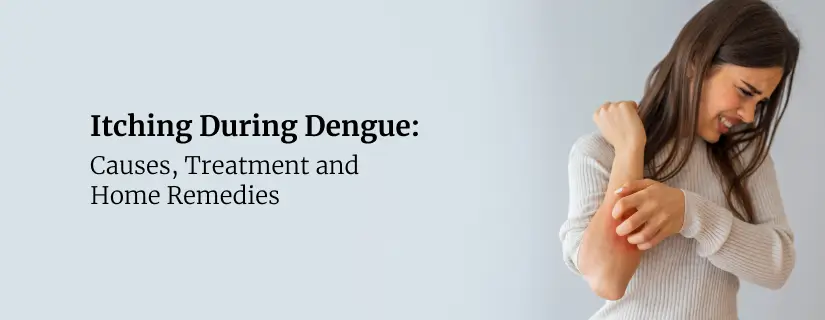
Itching During Dengue: Causes, Treatment and Home Remedies
18 February 2025
Read More
Have a Question?
If you cannot find answers to your queries, please fill out the enquiry form or call the number below. We will contact you shortly.



